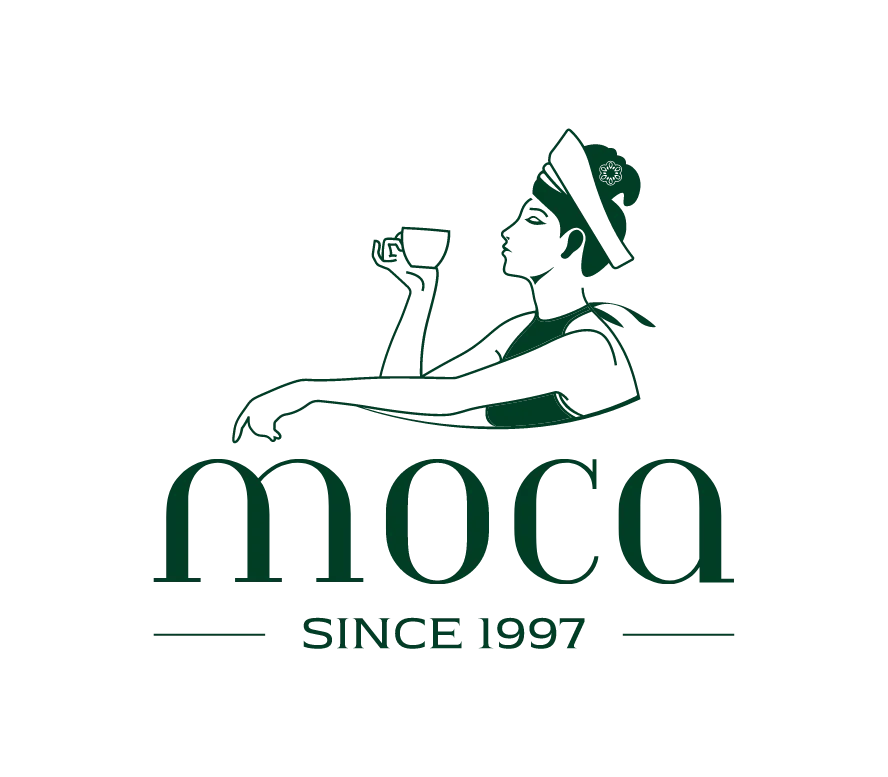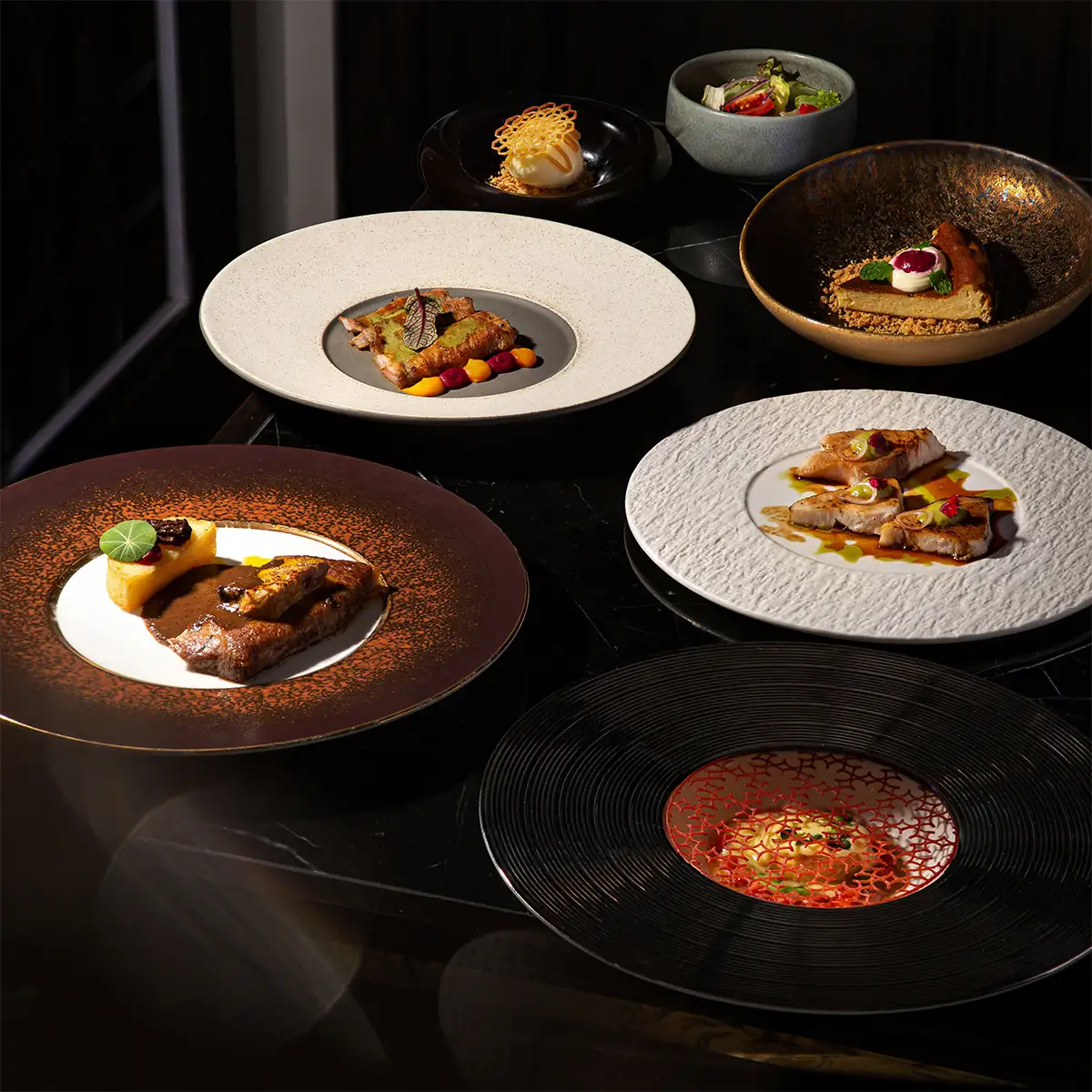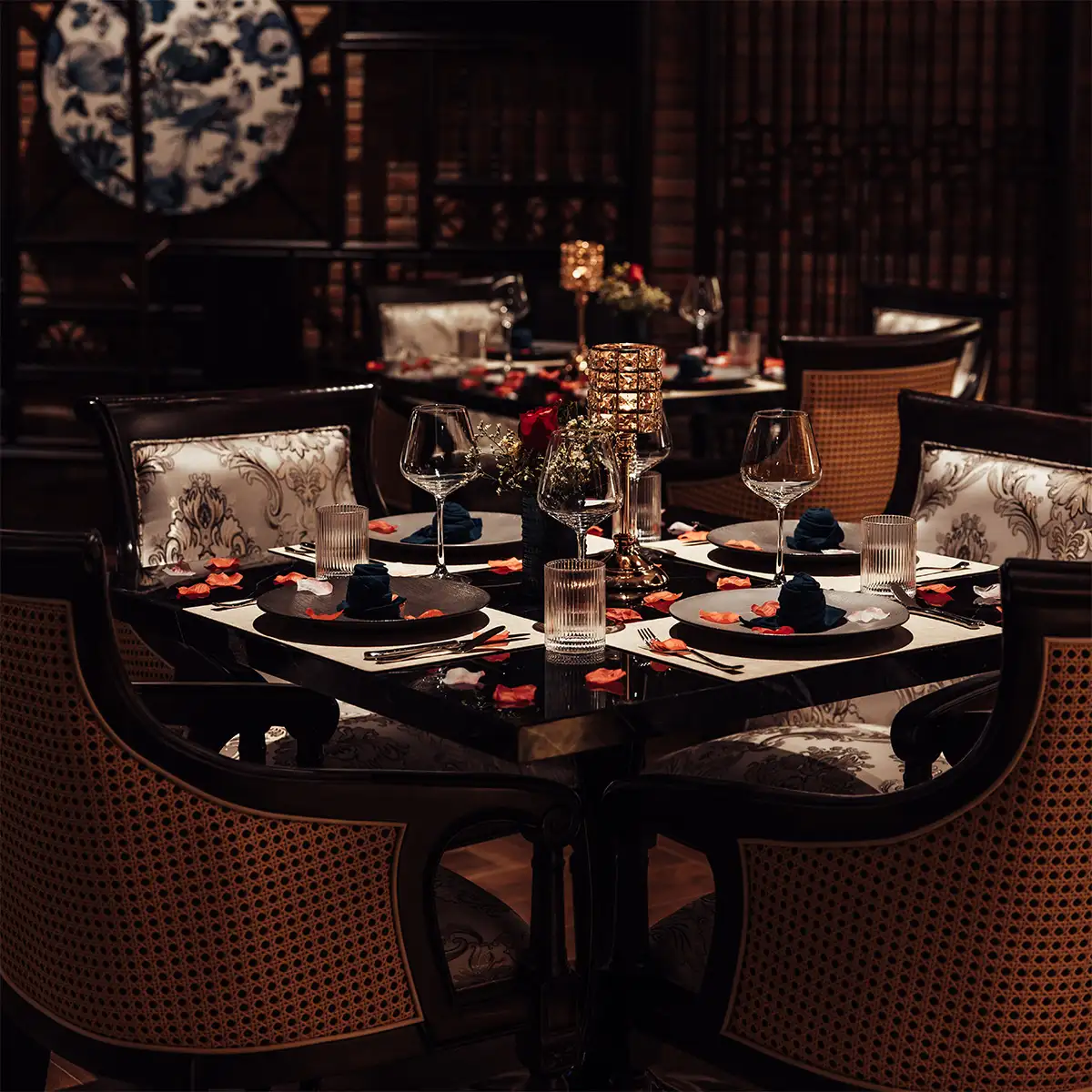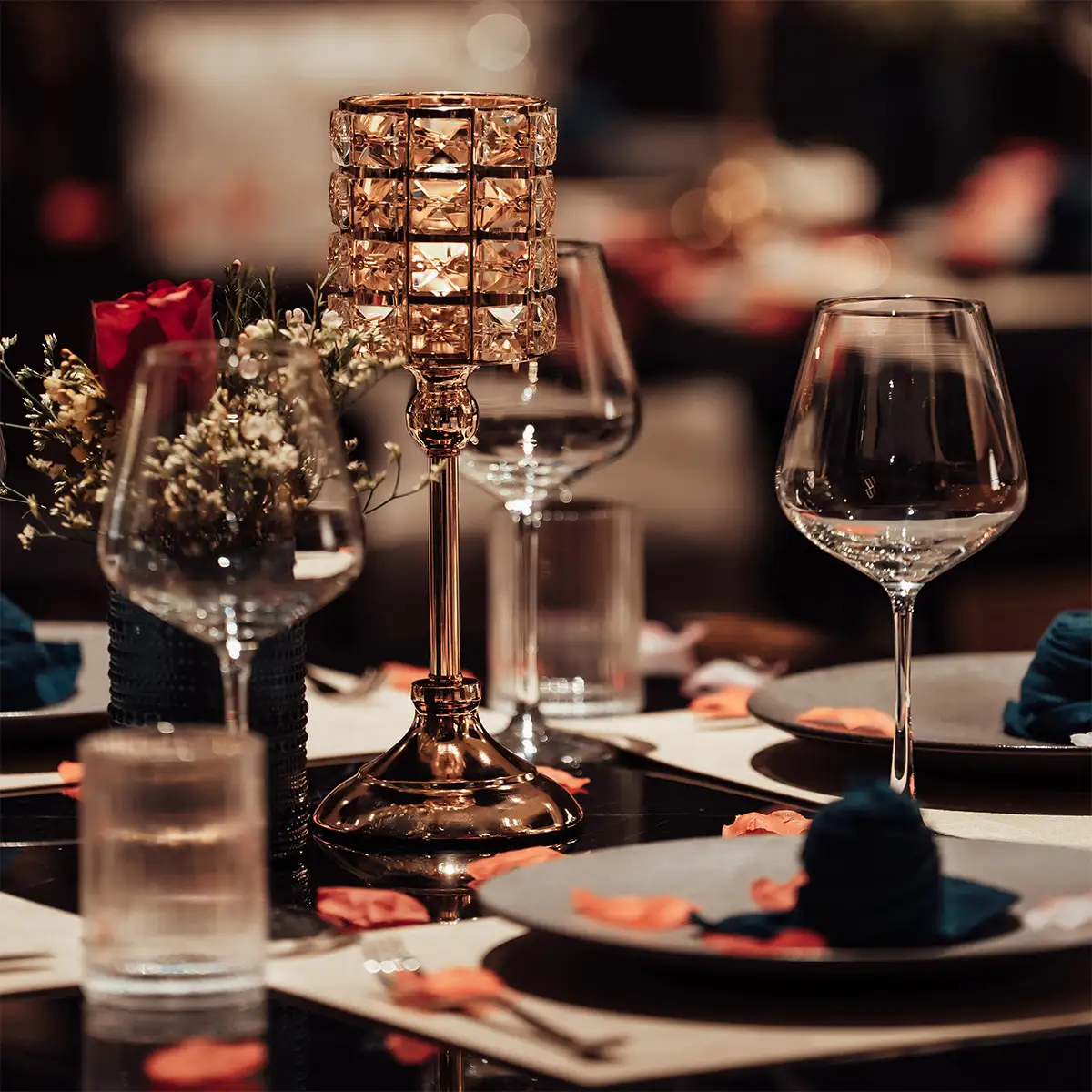The restaurant industry has evolved far beyond the mere provision of sustenance. Today’s discerning guest seeks not just a meal, but an experience; not just flavour, but a narrative. In this highly competitive landscape, the necessity for differentiation is absolute. This is where the strategic framework of concept dining becomes paramount. It is a holistic approach where every element—from the menu and architecture to the service and soundscape—is unified by a central, deliberate story. Concept dining is the art and science of transforming a meal into a curated, memorable journey, thereby driving brand loyalty and justifying a premium valuation. At Moca Dining, we have built our reputation on the meticulous execution of this philosophy, viewing it as the definitive future of the fine dining experience.
1. The strategic imperative of concept dining
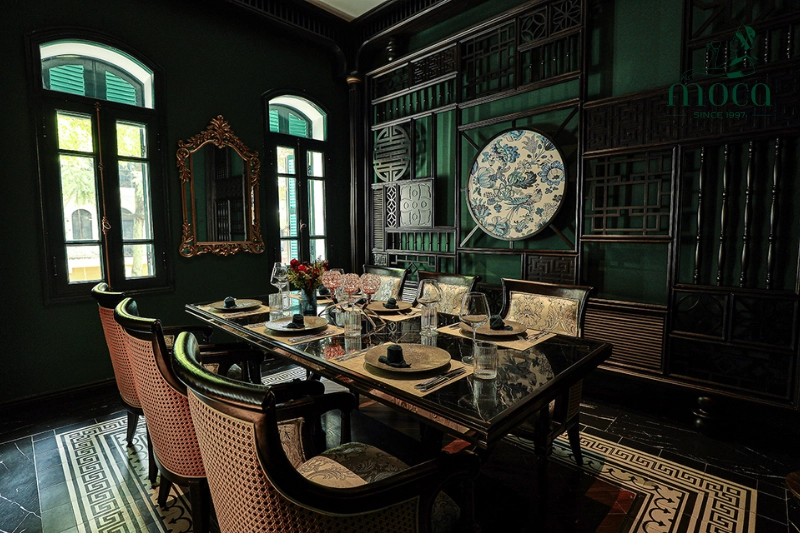
The restaurant space reflects the concept—the very soul of a refined dining experience.
To truly grasp its power, one must understand that a dining concept is a strategic business tool. It is the core of a restaurant's identity and its most potent market differentiator.
- It is crucial to distinguish concept dining from simple "theming." A themed restaurant often relies on superficial decoration—pirate flags on the wall or staff in generic costumes. A concept-driven restaurant, conversely, is built upon a deep, consistent narrative. The concept informs every decision, from the choice of a specific salt varietal to the weight of the cutlery. Theming is a costume; concept dining is the very soul of the establishment.
- In a saturated market, a powerful restaurant concept is your most effective communication tool. It provides a compelling story for public relations and media, creating a narrative that is far more engaging than a simple list of menu items. This gastronomic narrative establishes a unique and defensible brand identity, attracting a specific demographic that resonates with your story. This allows the establishment to command higher price points, not based solely on ingredient cost, but on the immense value of the experiential dining itself.
- A well-executed concept dining model is not an expense; it is an investment in long-term sustainability. By creating an unforgettable curated dining journey, restaurants foster a deep sense of loyalty, significantly increasing customer lifetime value (CLV). Research from esteemed institutions corroborates this. A landmark study from the Cornell University School of Hotel Administration, titled The Impact of Brand Equity on Hotel and Restaurant Performance, demonstrated a direct correlation between strong brand equity—of which a clear concept is a cornerstone—and superior financial performance, including higher revenue per available seat. This data confirms that establishments with a robust and clearly communicated dining concept consistently outperform their non-concept competitors in both average check size and guest retention.
2. Essential components of concept development
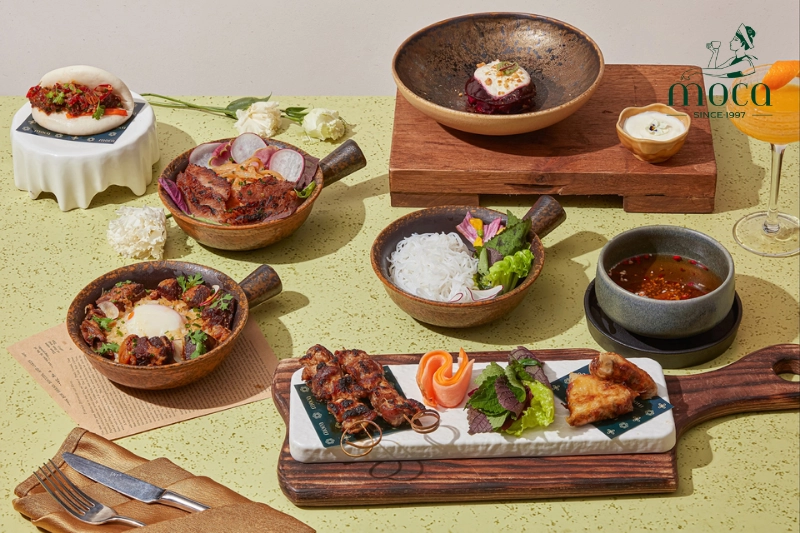
A concept menu from "𝑫𝒂𝒚 𝑴𝒆𝒏𝒖 à la carte"—where ingredients, technique, and setting come together to tell a cohesive culinary story.
Developing a successful concept is a meticulous process of weaving a story through every facet of the guest experience. It begins with a central idea and extends to the most minute operational details.
The foundation of any concept-driven restaurant is its central story. This narrative dining can be rooted in a specific historical period, a geographical location (terroir), or even an abstract philosophical approach. For example, a concept could be "The Silk Road: A Culinary Journey from Xian to Venice" or "Bauhaus Gastronomy: Where Form Follows Flavor." The key is authenticity and resonance. The story must be genuine, well-researched, and compelling to the intended audience.
The menu is the primary script for your gastronomic narrative. It must be engineered to guide the guest through the story. A tasting menu, for instance, can be structured like a play, with "Acts" or "Chapters" that build upon one another.
Your staff are the storytellers. Service cannot be generic; it must be integrated into the concept. Training must go beyond operational standards to include the narrative itself. For a terroir-focused concept, servers should be educated on the region's geology and farming practices. Their vocabulary, uniform, and even their cadence of speech should reinforce the holistic dining approach. The server becomes a "guide," an indispensable part of the immersive dining experience who enriches the meal with context and meaning.
3. Execution: Immersive design and sensory integration
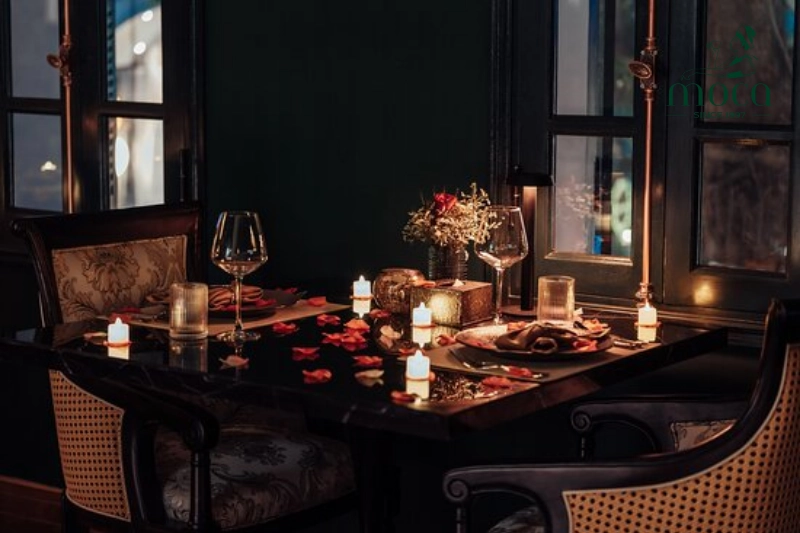
A dining space designed as an emotional journey—where every element from light and sound to texture serves the unfolding culinary story.
Once the narrative is defined, it must be translated into a physical and sensory reality. This is where the curated dining journey becomes truly tangible.
The physical space is the stage for your story. Lighting can be designed to mimic a specific time of day or season. Materials are chosen for their conceptual relevance—reclaimed wood for a rustic concept, or polished brass and velvet for a Gilded Age theme. The spatial flow is choreographed to guide the guest, perhaps from a darker, intimate bar area to a brighter, more open dining room, mirroring a narrative progression.
A truly immersive dining experience engages all senses.
- Acoustics and Soundscape: The soundscape must be as deliberately chosen as the ingredients. This could be curated playlists that align with the concept's era or mood, or even ambient sounds recorded from the region the concept is based on.
- Aroma and Haptics: Subtle, relevant scents can be used to prime the guest's experience upon entry (e.g., a faint scent of cedarwood or saltwater). Haptics—the sense of touch—is equally important. The weight of the glassware, the texture of the linen napkins, and the finish of the tabletop all contribute to the sensory dining narrative.
4. Moca Dining: A study in concept realization
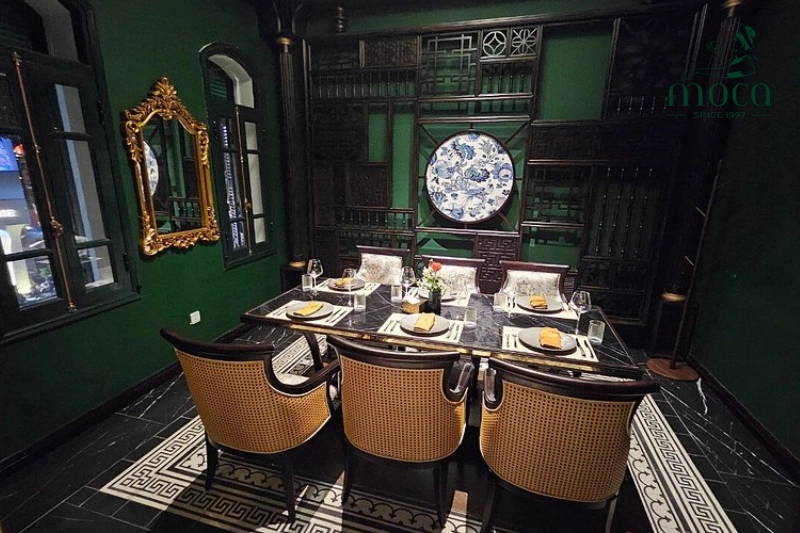
At Moca Dining, every detail—from the space to a single pristine ingredient—tells a story of purity and provenance.
At Moca Dining, we live these principles daily. Our success is a direct result of our unwavering commitment to a singular, powerful concept.
Our core concept is "The Art of Ingredient Purity." This is not merely about fresh ingredients; it is a philosophical commitment to sourcing the absolute finest single-element products and presenting them in a way that reveals their most essential, unadulterated character. Our narrative is one of reverence for nature and the craftsman—the farmer, the fisherman, the forager.
This concept dictates every choice. Our minimalist architectural design features natural stone and uncluttered lines, creating a serene gallery-like space where the plate is the art. A signature dish like our "Solitary Oyster" is a perfect example: a single, perfect oyster, sourced from a specific tidal bay, served on a chilled stone with nothing more than a drop of its own clarified liquor. The dish is not about complex saucing; it is a profound meditation on the flavour of a specific place and moment. This is the essence of our restaurant concept.
Our service team is trained as "ingredient curators." They are educated on the provenance of every item, from the specific herd our butter comes from to the harvest date of the micro-greens. They guide our guests through the menu not as salespeople, but as passionate experts sharing the story behind each element, ensuring the concept dining experience is seamless and deeply understood from arrival to departure. We invite you to experience this seamless integration of narrative and gastronomy. Discover Moca Dining, where every detail is meticulously curated to deliver an unparalleled fine dining experience.
In the modern culinary world, concept dining is no longer a niche—it is the essential framework for creating sustainable differentiation and maximizing experiential value. It is the definitive answer to what discerning diners seek: not just food, but meaning. The future will see this trend evolve further, moving beyond static ideas to dynamic, evolving narratives that change with the seasons or tell new stories over time. We encourage you to look beyond the menu and engage with the deeper story the next time you dine. A truly great restaurant does not just feed you; it transports you.
